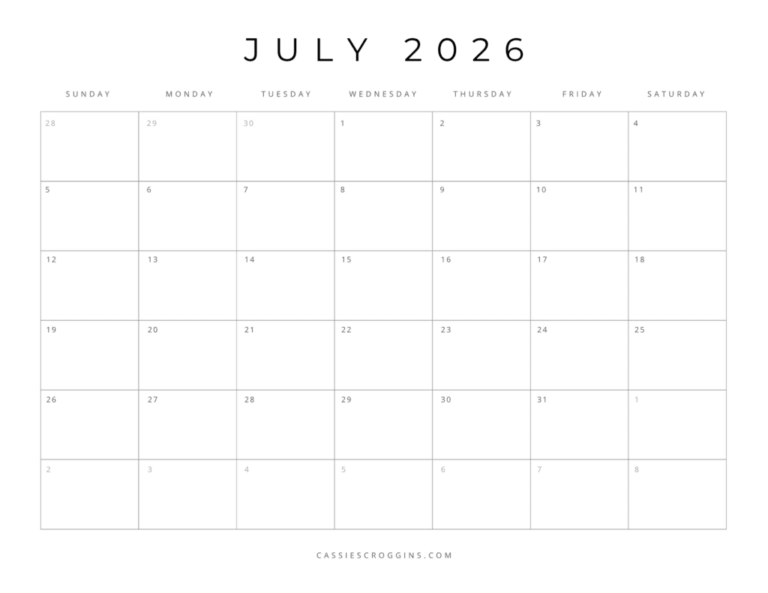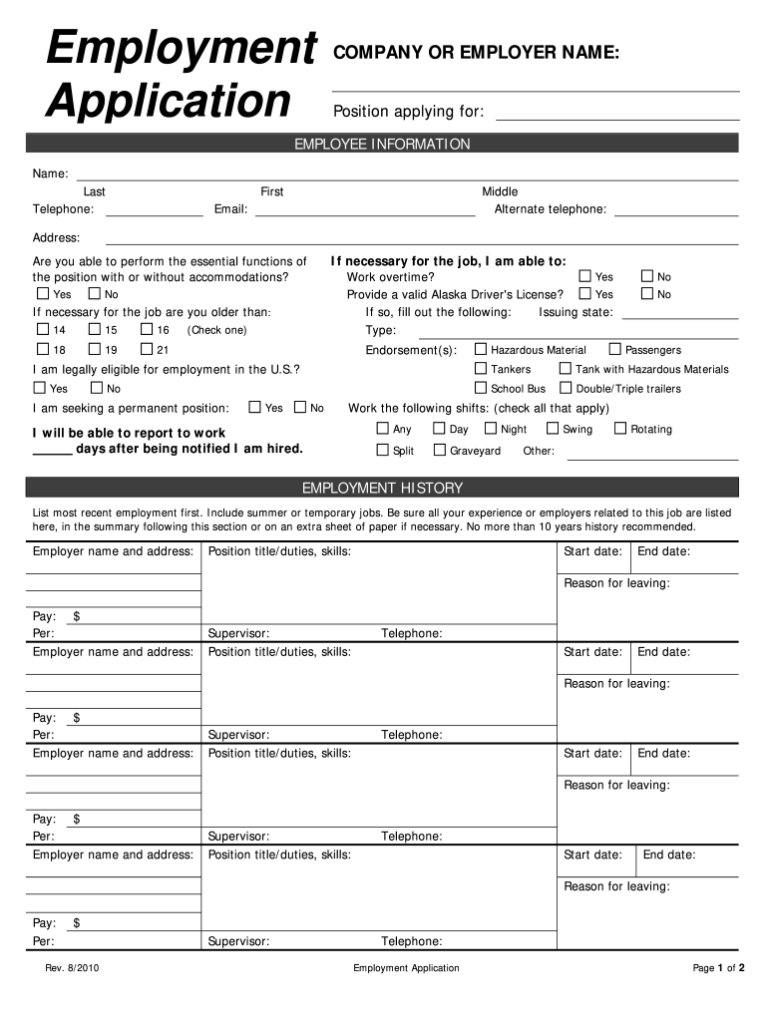Coordinate Plane Printable: An Essential Guide for Educators and Students
The coordinate plane is a fundamental tool in mathematics, providing a systematic way to represent and analyze spatial relationships. Understanding the coordinate plane is essential for students of all ages, as it forms the foundation for advanced mathematical concepts and has practical applications in various fields.
This comprehensive guide offers a wealth of printable resources, engaging activities, and clear explanations to help educators and students master the coordinate plane. Whether you’re looking for printable worksheets, interactive games, or real-world examples, this guide has everything you need to make learning the coordinate plane fun and effective.
Understanding the Coordinate Plane
The coordinate plane is a two-dimensional space where points are located using two numbers, called coordinates. The first number, called the x-coordinate, tells you how far the point is from the vertical line called the y-axis. The second number, called the y-coordinate, tells you how far the point is from the horizontal line called the x-axis.
The coordinate plane is divided into four quadrants by the x- and y-axes. The quadrants are numbered I, II, III, and IV, starting from the top right and moving counterclockwise. Points in quadrant I have both positive x- and y-coordinates, points in quadrant II have negative x-coordinates and positive y-coordinates, points in quadrant III have negative x- and y-coordinates, and points in quadrant IV have positive x-coordinates and negative y-coordinates.
Coordinate Plane Activities

The coordinate plane provides a great opportunity for students to learn about geometry and algebra. It can be used to graph points, lines, and shapes. These activities will help students develop their understanding of the coordinate plane.
There are many different types of coordinate plane activities that you can use in your classroom. Here are a few ideas:
Graphing Games
Graphing games are a fun way for students to practice their graphing skills. There are many different types of graphing games available, such as:
- Battleship: Students take turns calling out coordinates. If a coordinate hits a ship, the other player marks it on their grid. The first player to sink all of the other player’s ships wins.
- Connect the Dots: Students are given a set of coordinates. They must connect the dots in order to create a picture.
- Graphing Race: Students race to graph a set of points. The first student to finish wins.
Treasure Hunts
Treasure hunts are a great way to get students moving around the classroom. To create a coordinate plane treasure hunt, you will need to:
- Create a coordinate plane grid on the floor.
- Hide clues around the room. Each clue should have a coordinate written on it.
- Give students a set of coordinates. They must use the coordinates to find the clues.
- The first student to find all of the clues wins.
Coordinate Plane Art
Coordinate plane art is a great way for students to be creative. To create coordinate plane art, you will need to:
- Create a coordinate plane grid on a piece of paper.
- Choose a design. You can find many different coordinate plane art designs online.
- Plot the points for your design on the coordinate plane grid.
- Connect the points to create your design.
Coordinate plane activities are a great way for students to learn about geometry and algebra. They are also a fun and engaging way to get students moving around the classroom.
Real-World Applications of the Coordinate Plane
The coordinate plane is not just a theoretical concept; it has numerous practical applications in various fields. Understanding the coordinate plane is crucial for comprehending these applications and making sense of the world around us.
One of the most common uses of the coordinate plane is in mapping and navigation. GPS systems, for instance, rely on the coordinate plane to pinpoint locations and provide directions. The X-axis represents longitude, while the Y-axis represents latitude. By plotting a point on the coordinate plane, we can determine its exact location on the globe.
Data Analysis
The coordinate plane is also a valuable tool for data analysis. By plotting data points on a graph, we can visualize relationships and trends. This helps us make informed decisions and predictions based on the data.
For example, a company might plot sales data on a coordinate plane to see how sales vary over time. By analyzing the graph, they can identify seasonal patterns and make informed decisions about production and marketing.
Architecture and Design
Architects and designers use the coordinate plane to create blueprints and floor plans. By plotting the dimensions of a building or room on the coordinate plane, they can ensure that the structure is properly proportioned and that all the components fit together correctly.
The coordinate plane is an essential tool for a wide range of professions. By understanding how to use the coordinate plane, we can gain a deeper understanding of the world around us and make informed decisions.
Advanced Coordinate Plane Concepts

The coordinate plane is a tool used to represent and analyse geometric shapes and relationships. As you progress in your studies, you’ll encounter more advanced concepts that build upon the basics. These include slope, distance formula, and transformations. Understanding these concepts will allow you to solve more complex problems and gain a deeper understanding of geometry.
Slope
Slope measures the steepness of a line. It’s calculated by dividing the change in y (vertical distance) by the change in x (horizontal distance) between any two points on the line. A positive slope indicates an upward-sloping line, a negative slope indicates a downward-sloping line, and a slope of zero indicates a horizontal line.
Distance Formula
The distance formula calculates the distance between any two points on the coordinate plane. The formula is:
“`
distance = √[(x2 – x1)² + (y2 – y1)²]
“`
where (x1, y1) and (x2, y2) are the coordinates of the two points.
Transformations
Transformations are operations that move, flip, or rotate a figure on the coordinate plane. Common transformations include:
– Translations: Moving a figure from one point to another without changing its size or shape.
– Reflections: Flipping a figure over a line of symmetry.
– Rotations: Turning a figure around a fixed point.
Q&A
What is the purpose of a coordinate plane?
A coordinate plane is a two-dimensional grid system used to represent points in space. It consists of two perpendicular axes, the x-axis and y-axis, which intersect at the origin (0, 0).
How do I plot a point on a coordinate plane?
To plot a point on a coordinate plane, start at the origin and move horizontally along the x-axis to the x-coordinate. Then, move vertically along the y-axis to the y-coordinate. The point where these two lines intersect is the plotted point.
What are some real-world applications of the coordinate plane?
The coordinate plane is used in various fields, including mapping, navigation, data analysis, and physics. For example, in mapping, the coordinate plane is used to represent the locations of cities, landmarks, and other geographical features.






